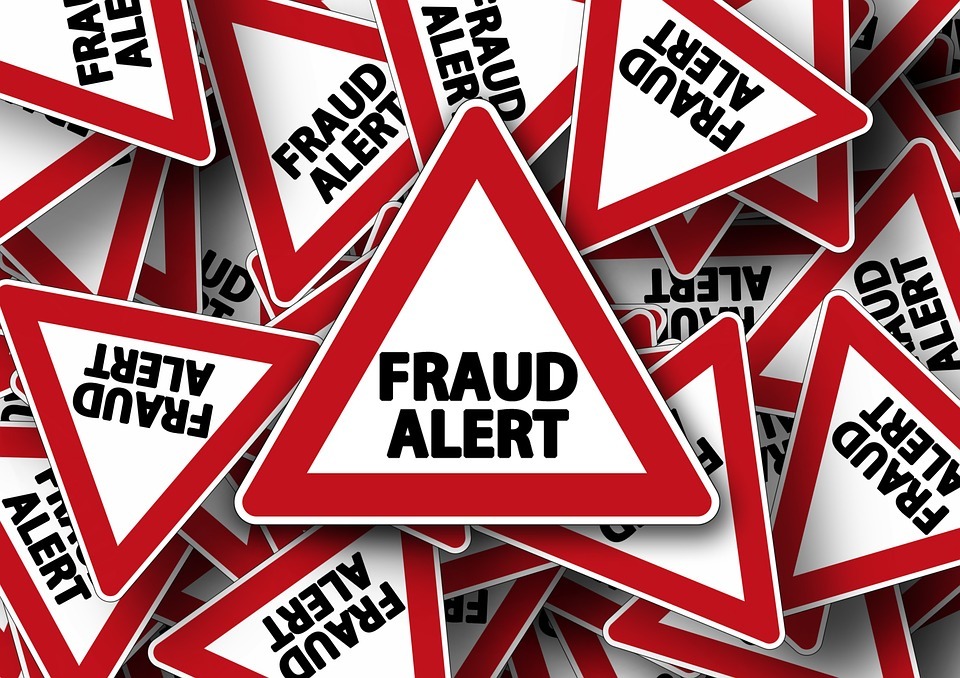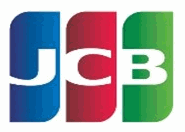Stop Fraud Before It Happens

You may have read or heard by now that one of the nation’s three major credit reporting agencies was the target of a malicious and illegal breach of security earlier this year.
Equifax has stated that the breach lasted from mid-May through July of 2017 and the scope of information accessed includes Social Security numbers, birth dates, addresses, credit card numbers, and driver’s license numbers. It has been reported that individuals in Canada and the United Kingdom have also been affected by this breach.
Equifax has created a website to help consumers protect their identity, but there’s a wait and the timeframe allotted to enroll is limited. Visit equifaxsecurity2017.com to check if your personal information may be affected by the breach and be sure to visit soon because the enrollment period ends on Tuesday, November 21, 2017.
In addition to placing a freeze and fraud alert on your credit report, there are a few other things you can do to be proactive in protecting your identity. Placing a fraud alert and credit freeze on your credit profiles will make it more difficult, but not impossible, for someone to establish a credit account in your name without your knowledge or permission. Please note, you’ll need to repeat the process with each credit bureau as not all creditors and lenders use the same reporting agencies.
Check with the other major credit bureaus, Experian and TransUnion, and monitor your credit report closely for unauthorized and unrecognized entries. You can check your credit reports at each reporting agency for free once per year at annualcreditreport.com. If you find accounts or activity you don’t recognize, visit identitytheft.com to take appropriate steps to report and rectify your situation.
Another tip is to file your taxes early, as soon as you have all the documents you need. A common practice of identity thieves is to use stolen Social Security numbers to gain employment, file tax returns fraudulently, and collect the refund owing to you from the federal government.
In the aftermath of the breach, several new trends have emerged within the criminal element, taking advantage of the breach. As if the breach itself isn’t bad enough on its own, this new practice dubbed, “spear-phishing,” is on the rise.
Most are familiar with the practice of phishing, when the intended victim is the recipient of an e-mail from a well-established brand or bank claiming that access credentials have been compromised and a simple password reset will prevent any unauthorized access; all that needs to be done is click the link in the e-mail and the recipient is directed to the password reset page. Typically, the password reset page is a remarkably good facsimile of the legitimate business, bank, or brokerage and the user is prompted to enter their existing user name and password in order to confirm the new password – except what the user is likely unaware of is that they’ve just sent their perfectly valid and secure credentials to a criminal. These types of phishing scams are easy to identify, usually due to poor grammar and poor formatting of the e-mail but the new wave of spear-phishing is a little more sophisticated because it includes real and personal details illicitly acquired as a result of the most recent breach. Information such as your Social Security Number may be included in the body of an e-mail that has an attachment claiming to be from your bank or broker. The e-mail may prompt the recipient to click a link or download an attachment to confirm a transaction however, once that action is taken, the recipient of the e-mail may be unknowingly downloading malicious software onto their computer, compromising the operating system, making it vulnerable to hijacking or recording keystrokes and sending them to unintended recipients.
"When you have a sophisticated criminal that has real information about you, it's far more difficult to spot the fraud," said Martin Walsh, a financial adviser with the Denver planning firm of Brown & Tedstrom.
The best advice we can offer when confronted with a spear-phishing scam is to assume the communication being received is suspect. If an e-mail is received from your bank, credit card issuer, or broker and you believe it to be legitimate, visit the company’s website directly or call the toll-free customer service number. Do not, under any circumstance, click the link or download the attachment.
Another, less-original practice of imposter scams, is seeing a resurgence owing to the Equifax data breach. The Federal Trade Commission has warned the public that it expects an increase of imposter scams, with individuals posing as representatives of Equifax “calling to verify your account information.” Equifax is providing free credit monitoring and credit freezes as a result of the breach so the call may sound legitimate, but don’t ever provide confidential and private information over the phone to an inbound caller.
The purpose of this method is to get the recipient of the phone call, or sometimes e-mail, to disclose additional personal information to the imposter which they can either sell or use to establish new lines of credit fraudulently.
So what should you do now that this has happened? First, check to see if you were affected by visiting the Equifax website listed earlier in this article. Secondly, take advantage of the free credit monitoring. When you check to see if you were affected, you’ll be assigned an enrollment date – it’s important to set a calendar reminder for that date because Equifax will not send you a reminder – and you won’t be able to enroll until after your assigned date. Thirdly, freeze your credit, at all three bureaus. The free credit monitoring is helpful, but it will not prevent identity theft. A credit freeze locks your credit profile to new inquiries and establishing new credit accounts, which can at least slow down, if not prevent, the theft of your identity.
You can contact each credit bureaus directly, and begin the process of protecting your identity, using the following contact information:
Equifax: 866-349-5191
freeze.equifax.com
Experian: 888-397-3742
experian.com/freeze
TransUnion: 888-909-8872
transunion.com/credit-freeze/place-credit-freeze
Return to Blog








* Created by
